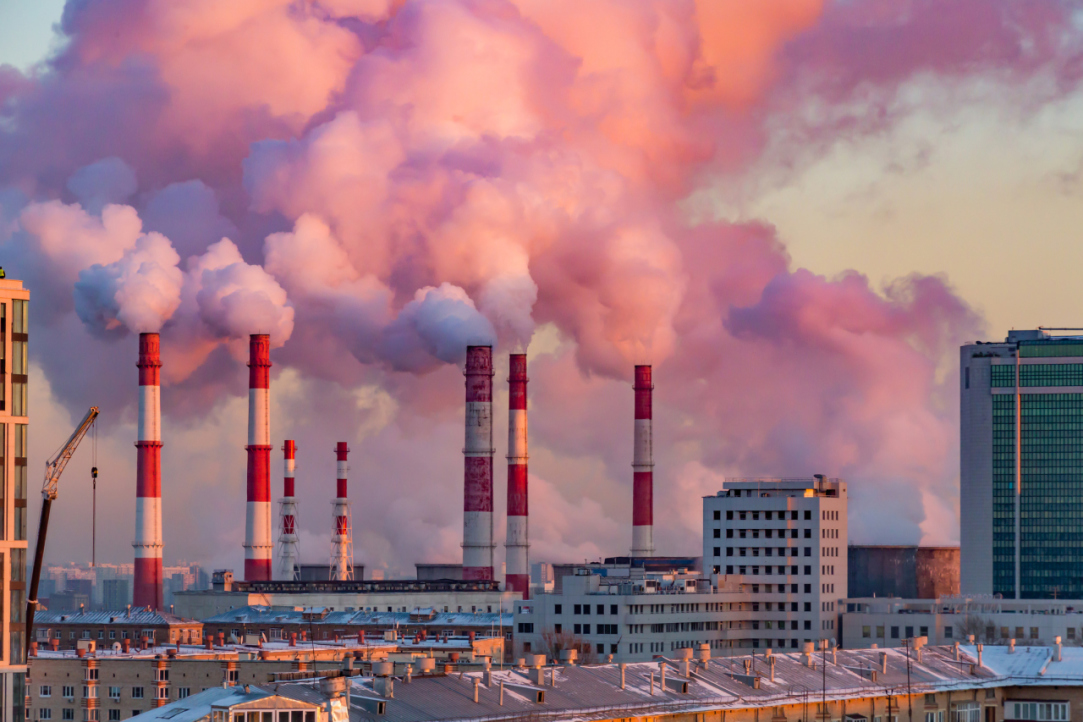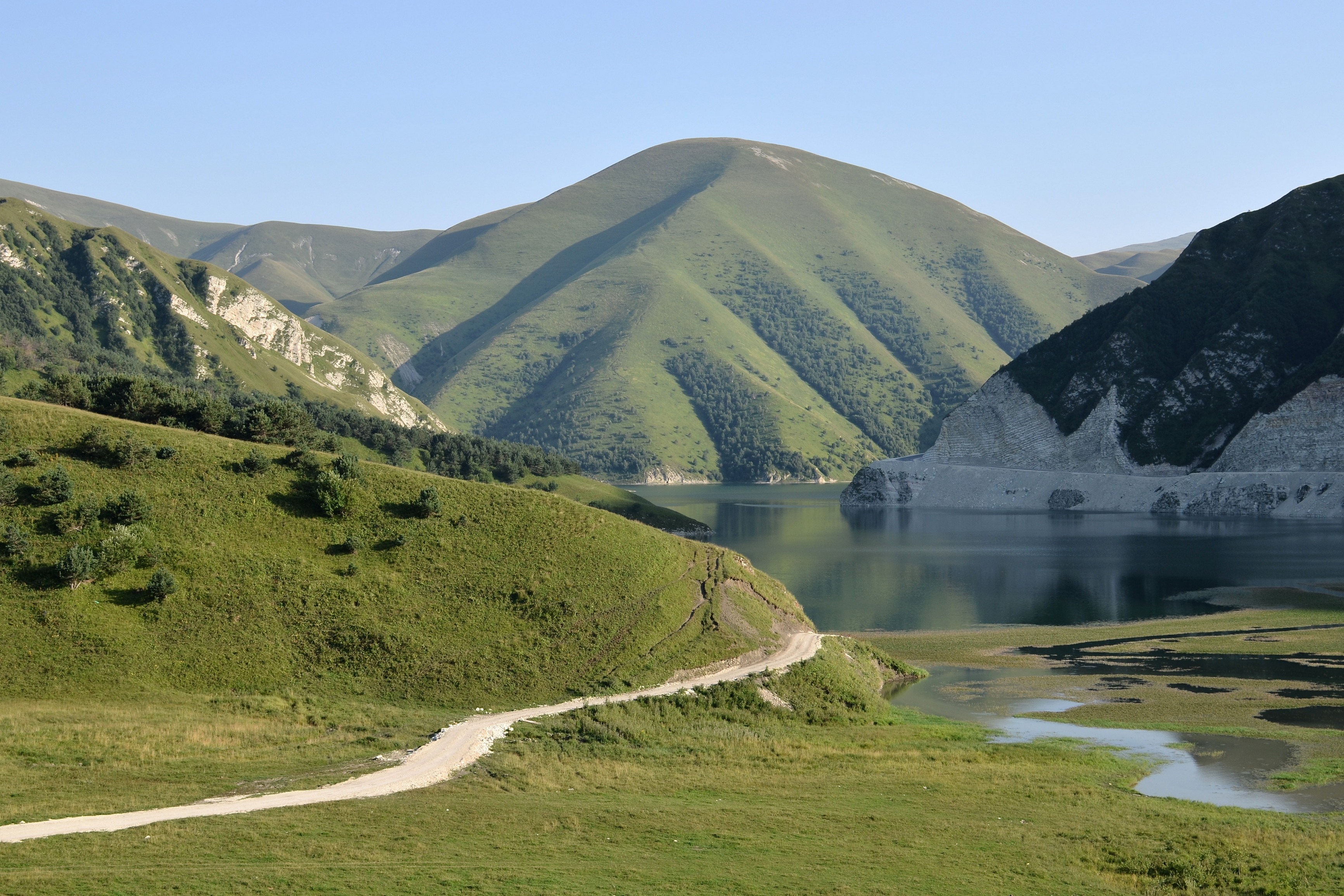Managing Climate Risk: How to Adapt Regions to Changes

An applied research project being carried out by the HSE Laboratory for Economics of Climate Change uses the example of the Chechen Republic and the mountainous areas of Krasnodar Krai to create a model of climate risk evaluation and management for Russian regions. Laboratory heads Igor Makarov and Ilya Stepanov talk about the threats presented by global climate change, about whether the pandemic will slow it down, and why a multifaceted approach is essential.
According to the Russian Federal Service for Hydrometeorology and Environmental Monitoring (Rosgidromet), the climate is changing in Russia about 2.5 times faster than the global average. In 2020, the Russian Accounts Chamber concluded that if such a rate of temperature growth persists, Russian GDP risks shrinking by 2-3% annually; in certain areas, the losses may reach 5-6% of GDP.
During the crisis related to the COVID-19 pandemic, the sharp decrease in economic activity, as well as interruptions to industrial processes and transportation have led to a decrease in global greenhouse gas emissions. But as economic activity is restored, growth in emissions continues. As restrictions were gradually lifted in June 2020 at the end of the first wave of the pandemic, daily CO2 emissions exceeded the March volumes and approached 100 million tons of CO2 per day. Most assessments show that the pandemic will not have a systemic impact on achievement of the Paris Agreement by 2030, as well as the national long-term goals for emissions reduction up to 2050.
The climate will continue to change globally, and a short-term reduction in emissions will hardly be able to stop it
The source of climate change is not the volume of annual emissions per se, but its concentration, which is simply growing a bit more slowly this year than usual.
Awareness about the climate threat in Russia is gradually increasing. In 2019, Russia joined the Paris Agreement on climate, and in early 2020, it adopted a national action plan for the first stage of adapting to climate change up to 2022. The new version of the Ecology national project will include a climate change programme starting next year.
An applied research project by the HSE Laboratory for Economics of Climate Change uses the example of the Chechen Republic and the mountainous areas of Krasnodar Krai to create a model of climate risk evaluation and management for Russian regions. The national action plan for the first stage of adaptation to climate change up to 2022 includes the task of developing regional plans for adaptation to climate change.
The applied research project aims to characterize key categories of climate risks, evaluate the potential damage to key industries of the economy, and develop suggestions for regional models of adaptation to climate change in the Chechen Republic and mountainous areas of Krasnodar Krai.
Climate change is taking place more rapidly than average in the mountainous Chechen Republic (over the last 50 years, the speed of warming has reached 0.194°C a decade in Grozny, and 0.448°C in Gudermes). For example, in 2016, two big mudflows damaged 65 residential houses in Chechnya and Dagestan. In Krymsk in 2012, a flood sunk several thousand houses, and tens of thousands of residents suffered.

For a flat terrain, which is most of Kransodar Krai, heat waves and droughts are much more dangerous. Most of the damage affects agriculture. According to Rosgidromet, after a massive draught in 2010, the losses in the yield of grain crops were 60-70% higher as compared to 2008.
Today, the climate change adaptation policy in both regions cannot be limited to managing damage from natural disasters or sporadic preventative measures in traditionally dangerous districts. Its main task is to forecast the changing risks taking into account the climate trends and dynamics of different industries and districts, and to use this information to initiate complex solutions that aim to mitigate consequences.
A multifaceted approach to managing climate risk consists of three sequential stages: collecting and processing information on climate threats and risk recipients; identifying and evaluating risks, as well as forecasting their changes; implementing measures on adaptation to climate risks, as well as monitoring the results of these measures.
It is impossible to assess the scope and dynamics of climate risks without comprehensive information about the intensity and geography of dangerous natural events, as well as about the exposure of the economy and society to these events. It is difficult to build a system of adaptation measures aimed at risk mitigation without quantitative assessment. Today, both regions implement only isolated measures of adaptation to climate change, there is no adequate system to collect and process information on climate risks, as well as no system to assess and forecast. Only in the event that the first two stages are implemented can the third be started.
Accounting for the local specific characteristics of flat and mountainous agricultural regions, the exact scope of adaptation strategies will be considerably different. For example, while a measure to mitigate climate risks is changing agricultural practices in agricultural regions, including changing crops to cultivate, for mountainous regions it will mean building protective construction, as well as changing construction standards and practices.
Creating standard regional adaptation strategies in the countries’ pilot regions is becoming particularly important for their further adoption by other regions in Russia that face similar problems. Pilot regions may serve as examples of adaptation plans can be elaborated – from collecting and processing information on climate risks, to planning and implementing certain mitigation measures.
Ilya A. Stepanov
See also:
‘The Goal of Modern Geography Is To Digitise Expert Knowledge and Integrate It with Big Data’
The importance of geographical science is increasing, as is the demand for education in this field. Since 2020, application numbers for Bachelor’s programmes at HSE University’s Faculty of Geography and Geoinformation Technology have climbed by 30%, while interest in Master’s programmes has also expanded, with applications up 10–15%. Nikolay Kurichev, Dean of the Faculty, spoke about this at a press conference hosted by MIA Rossiya Segodnya.
'The Main Focus Is on Providing an Understanding of What the Climate System Is'
HSE Online is launching a new course: Mechanisms of Climate Change. Students will learn not only how to critically assess information in media and differentiate scientific data from conspiracy theories, but also to independently conduct research into the climate system.
Central Banks Need to Take Action to Fight Climate Change
Hubert Kempf, Professor of Economics at the Ecole Normale Supérieure Paris - Saclay (France) and Academic Supervisor of HSE International Laboratory for Macroeconomic Analysis (IMLA), will speak about the greening of monetary policy at ameeting of theDiscussion Club on Modern Economic Policy on November 25. In his interview, Professor Kempf spoke about the work of IMLA, the development of macroeconomics, and the role central banks can play in combatting climate change.
Expert Discussions on Climate Change to Take Place at ECOCUP Green Talks 2021
What is happening to nature and the climate? How does it impact the global economy? How are countries going to adapt to these changes? These and other questions will be discussed by experts in a series of discussions as part of ECOCUP Green Talks 2021, a festival of ‘green’ documentaries. The event is organized with support from the HSEFaculty of Geography and Geoinformation Technology in partnership with the Delegation of the European Union to Russia.
Global Restructuring: The World Community Prepares to Fight Climate Change
More than a hundred countries have already declared the achievement of ‘zero emissions with the exception of absorption’ to be their primary goal in the fight against climate change. For Russia, whose primary export is fossil fuels, the global rejection of hydrocarbons poses great risks. Experts discussed the issue at the research seminar, ‘Decarbonization as a Global Trend: Changing the Economic Landscape and Its Importance for Companies’, which was jointly organized by HSE University and the Association of European Businesses.
Solving Climate Problems Is Not That Expensive And Even Profitable
Fighting climate change requires close international cooperation, but global politics and short-term economic interests still hinder the execution of a joint plan of action. How can this be overcome? Participants of HSE’s international conference ‘The New Economics of Climate: Prospects for Russia’ tried to answer this question.
10 metres per year
is the speed with which the shores of Russia’s northern seas are crumbling away.


